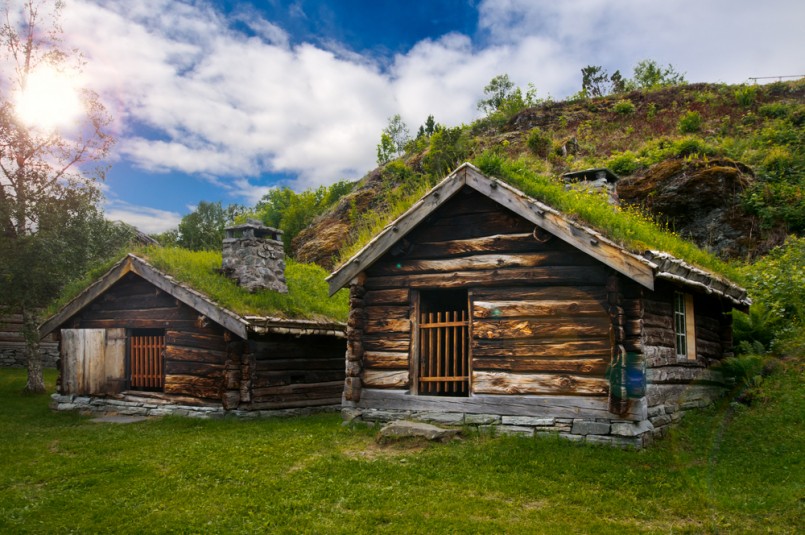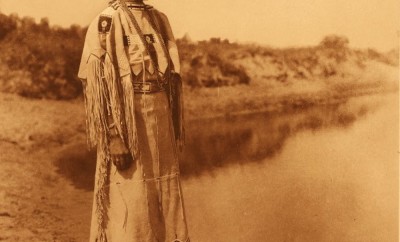Cultures
Did The Vikings Have Slaves?

Image:Edgieus/shutterstock
Did The Vikings Have Slaves?
You may have heard the phrase “held in thrall.” It means to be trapped under the power of something or someone. What you may not know is that the phrase is a relic of a distant past where Norse raiders kept their captives in brutal servitude. “Thrall” was the Norse term for a slave, and recent archaeological finds suggest that Viking society may have been dependent on slavery to a far greater degree than previously thought.
The Vikings were sea-borne raiders from what is today Scandinavia. Beginning in the eighth century, the Vikings launched a series of brutal raids on their southern neighbors that would last for more than two hundred years. Using long, flat-hulled boats, they navigated easily through shallow coastal waters and inland rivers, bringing terror all over Europe, from the monasteries of Ireland to the well defended castles of Sicily.
The popular image of the Viking is this blood thirsty killer, wearing a horned helmet, bent on death and destruction. The reality of the Vikings is a bit more nuanced, and in recent years there has been a tendency to soften the image of the Viking. There is a case to be made that the legacy of the Vikings might be more positive than their violent raids might suggest. After all, it was a Viking who was the first European to establish a settlement in North America. And the Vikings also played an important role as merchants and traders, helping to bring goods from the Middle East into western Europe at a time when the Dark Ages saw Europe increasingly isolated from the rest of the world.
This effort to present a more positive image of the Vikings often ignores the role of slavery in Norse society. In Norse society, slaves were people who had either been purchased, captured, or born to a previous generation of thralls. It was a practice so routine among the Norse that one in five people were thralls.
Thralls were expected to handle the most degrading and difficult jobs that no respected free-born Norse would perform. Typically this would involve fertilizing fields or milking animals. In fact, milking was viewed as such a distasteful task that Viking men would insult each other by implying that the other man had milked cows.
The life of a thrall was precarious, as it was within his master’s power to kill him if he wished. In fact, there is evidence that thralls were frequently killed when their master died in order to serve him in the afterlife. Archaeologists recently unearthed a tomb which contained the decapitated remains of several people. The lack of DNA relation to the other bodies in the tomb indicated that they were likely slaves who had been sacrificed upon the death of their master. A study of their bones also revealed that while they were alive they had a much poorer diet than the other people in the tomb. While their masters lived on grain and beef, thralls subsisted on a meager diet that was heavy on fish, as their shortened bones attest.
The degree to which slavery was a vital institution in Norse society is also found in the genes of modern day citizens of Iceland. A close analysis of their DNA suggests that the majority descend from Scandinavian men and from mothers of the northern islands of the modern day United Kingdom. The majority of scholars suggest that this indicates that Iceland was founded by Vikings raiding these islands for wives before forcibly resettling them in Iceland.
As research continues on ancient Norse society, there will likely be a continuing struggle to define how the Vikings should be viewed. Were they remorseless killers or did they have a more noble side that contemporary accounts ignore? Either way, any scholarly examination of the Vikings will have to take into account the way they relied on, and mistreated, their slaves.





0 comments